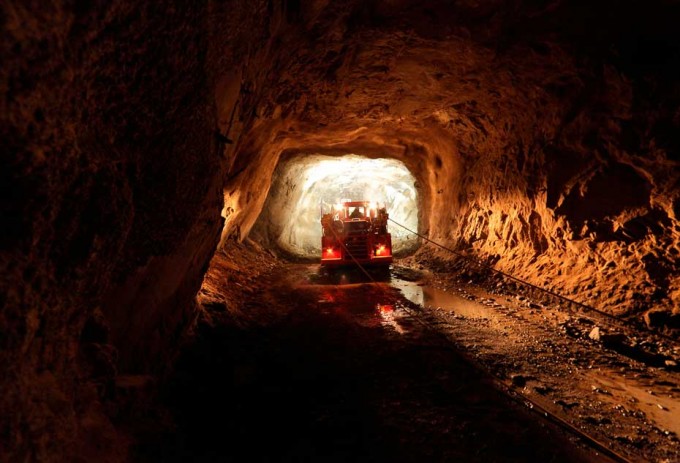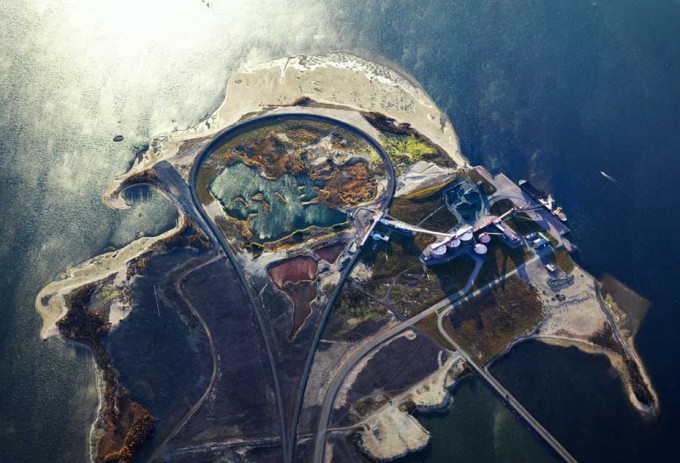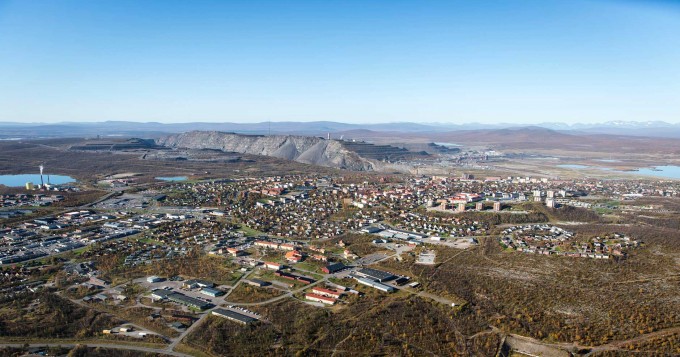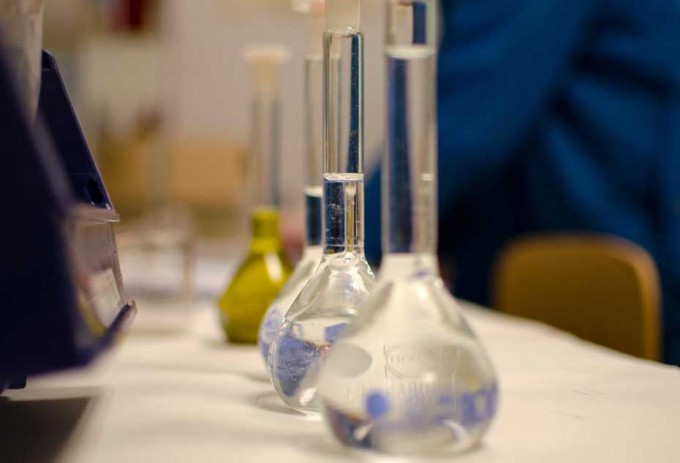
Sweden has the geological potential to continue developing a robust mining industry. However, in order for these deposits to benefit the wider world using sustainable methods, continuous development of processes and technology is required.
Therefore, Swedish industry not only enlists the help of one of the world’s more competitive academic environments with respect to raw materials, but also finances research for the purpose of solving actual industry challenges. This means that the academy serves as the industry’s extended arm and R&D can continue regardless of the market.
The mining industry has the goal of surviving in terms of resource efficiency, energy efficiency, and security.
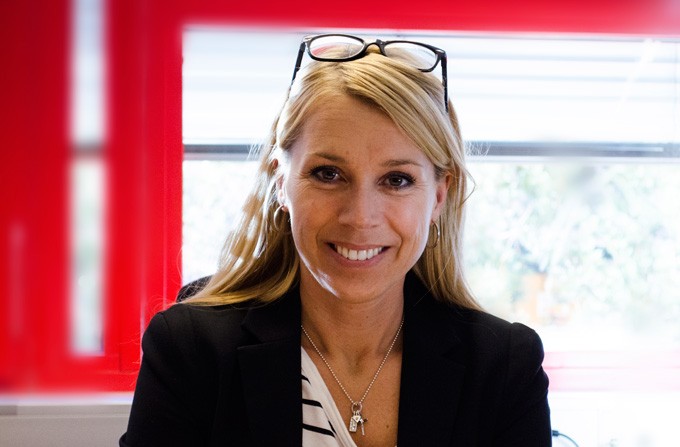
Jenny Greberg. Photo: LTU / Richard Renberg
“The mining industry has the goal of surviving in terms of resource efficiency, energy efficiency, and security. We work on all of these challenges in the form of concrete problems, taken directly from situations on the ground around the industry. Everything that we do contributes to useful and concrete improvements, which is obviously extremely satisfying for researchers,” says Associate Professor Jenny Greberg, researcher in mining production technology at Luleå University of Technology (LTU).
This close cooperation means that most people in research and industry know one another. Since expertise moves steadily from the universities into the industry, the resulting commissioners of research are already extremely conscious of the unique issues presented by the industry. This makes it easier to implement new methods and solutions.
Dr. Sunniva Haugen is the chief of mining at Boliden Mine in Kristineberg, and has personally alternated between academia and industry throughout his career.
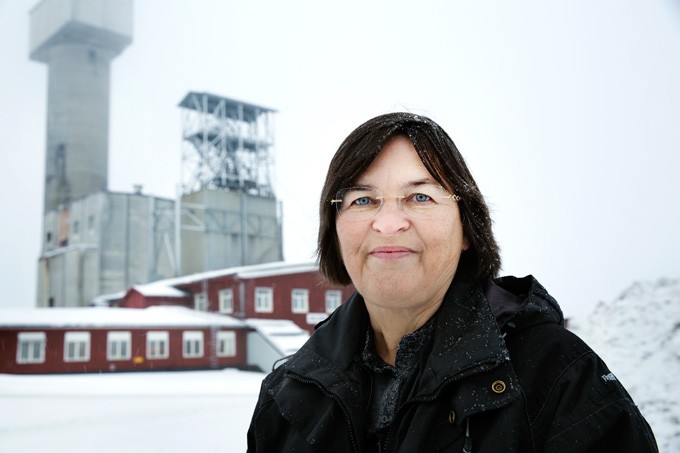
Sunniva Haugen, Boliden Mine. Photo: Magnus Laupa
“We have a very good and close cooperation with academia in the development of mining technology and training of mountain engineers. It’s very important for the industry that aspiring engineers are given real-world opportunities, since we’re the ones who they will be working for down the road. Giving researchers an understanding of the process and our problems is critical to finding visionary solutions to actual challenges facing industry and academia, both today and in ten years,” says Sunniva Haugen.
There are great opportunities for foreign players to participate in rewarding development projects in Sweden—especially in projects that gather industrial and expert competence from academia in order to find solutions to the challenges that no one player can solve on their own.
Rock Tech Centre AB (RTC) uses real problems for equipment vendors and the mining industry as its basis. For each problem, it puts together a consortium in which all participating parties contribute competence, commitment, time, and funding. Necessary expertise from academia, independent consultants, or smaller companies is acquired and RTC leads the project, which hopefully ends in finding an implementable solution. This is a journey that can take many years, but all parties gain a tremendous amount of knowledge along the way, not to mention partial ownership of the finished result.
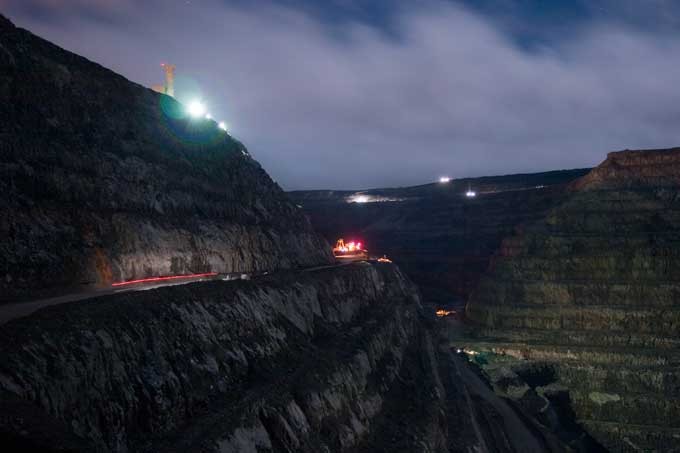
Rock Tech Centre. Photo: Lasse deWalls
One of the latest projects deals with the most risky and complex operations in the mine, namely the charging of explosives. Despite decades of questioning how this could be done in a safer way, a revolutionary solution had yet to come about. But now, after two years of project work and a significant number of engineering hours, an RTC consortium has designed a solution that utilizes robot technology and which all participants believe has the potential to finally solve this problem. Rock reinforcement is another area of focus for RTC’s projects.
“We define a project based on ideas and demand from mining companies, technology providers, or academia. We set the cost and timetable, find project managers and other expertise, and then we kick it off. The advantage of consortiums is that our participants prioritize projects and we can thereby make great accomplishments in a short period of time. Large projects are always split into partial projects that report back with results after 6-18 months,” says Johan Hedlin, CEO of Rock Tech Center AB.
The common factor for all research and development in the area is that the aim is to increase sustainability, possibly by cutting energy consumption, securing operations, or reducing environmental impact. The largest national collection around visions and challenges in the mining and metal producing industries is financed by Sweden’s innovation agency, Vinnova, and is called STRIM (Strategic Research and Innovation Program for the Mining and Metal Producing Industry). This strategic innovation program aims to strengthen the sector’s competitiveness through innovation, education, and collaboration.
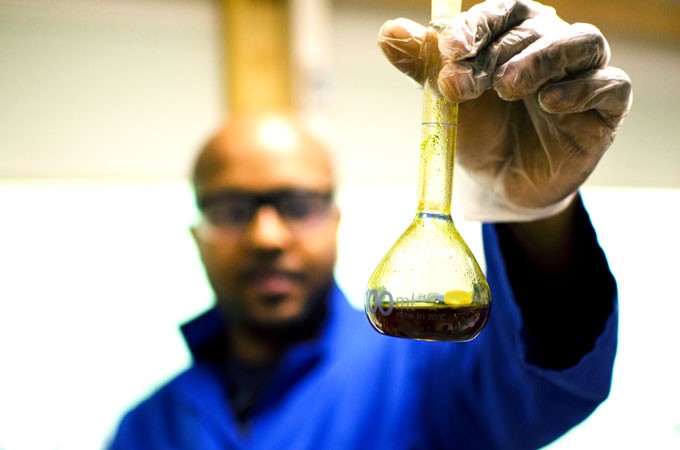
Photo: LTU / Richard Renberg
“Through research and innovation, the Swedish mining and metal producing industry will remain strong internationally, despite stricter rules and requirements. We are developing new sustainable methods, services, and products for the future. It is extremely important to utilize collaboration between small companies, industry, and academia to make it possible for the industry to quickly ingest innovations so that the community may benefit,” says Dr. Charlotte Andersson, Program Chief at STRIM.
STRIM is particularly focused on innovation projects in the following nine areas:
- Exploration
- Resource Characterisation
- Mining
- Mineral Processing
- Recycling & Metallurgy
- Reclamation & Environmental Performance Attractive Workplaces
- Gender and Diversity in Mining
- Social License to Operate
On a global scale, Swedish mining companies are rather small; but as a result of forward-looking research and development, they are competitive and, in many cases, at the leading edge of global, technical, and environmental issues. Swedish mining companies account for a large portion of the EU’s production of metals and are the market leader for many of them.

Photo: Richard Renberg / LTU
The high quality of Swedish academia in the area is apparent as Luleå and its technical university (LTU) is one of six cities in Europe with a responsibility for a portion of the EU’s largest raw material investment to date, EIT RawMaterials.
“Swedish mining would not have been as successful as it is had it not been for our longstanding tradition of applied research in the area. I’m absolutely convinced of that,” says Associate Professor Jenny Greberg, LTU.
